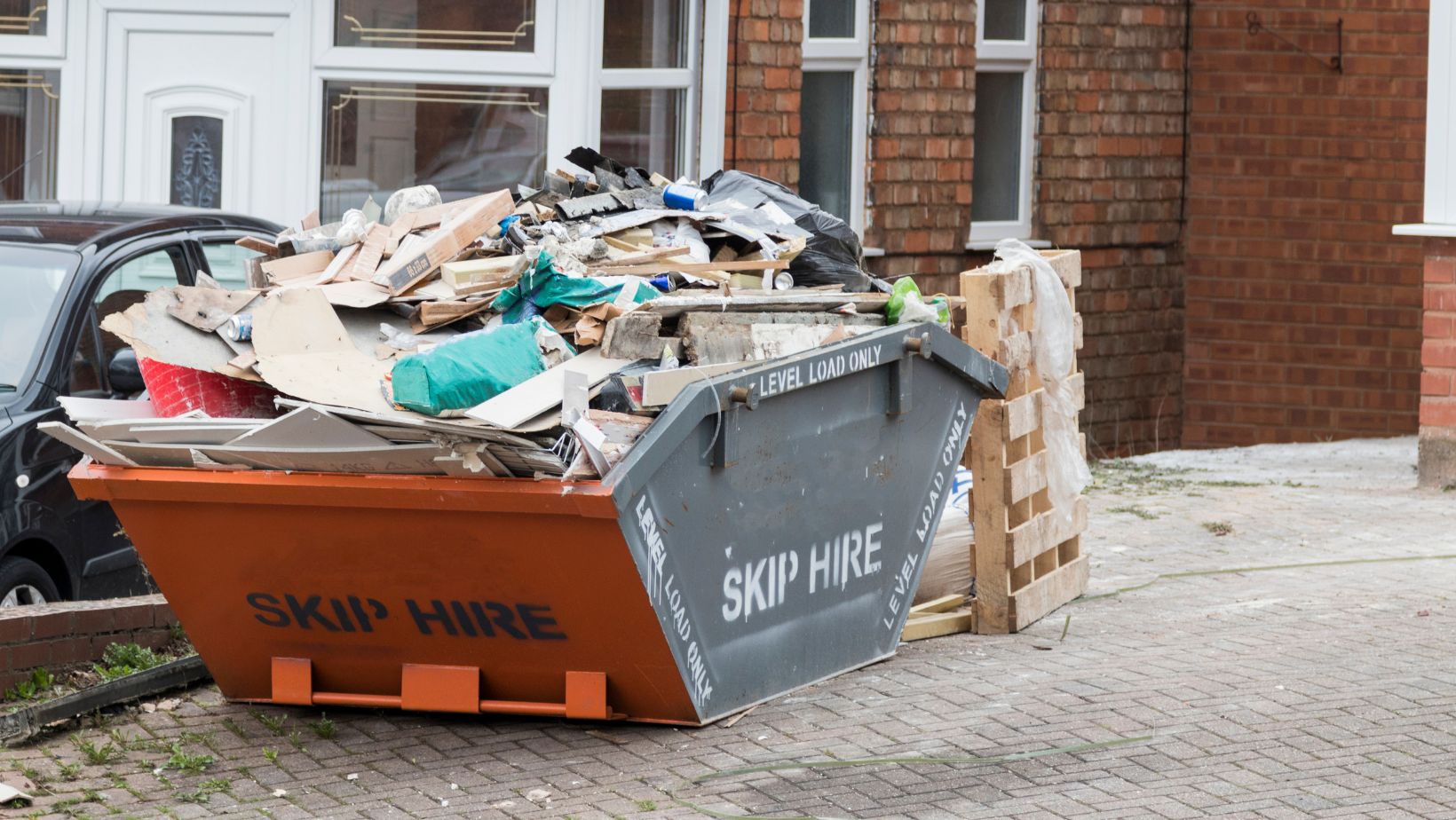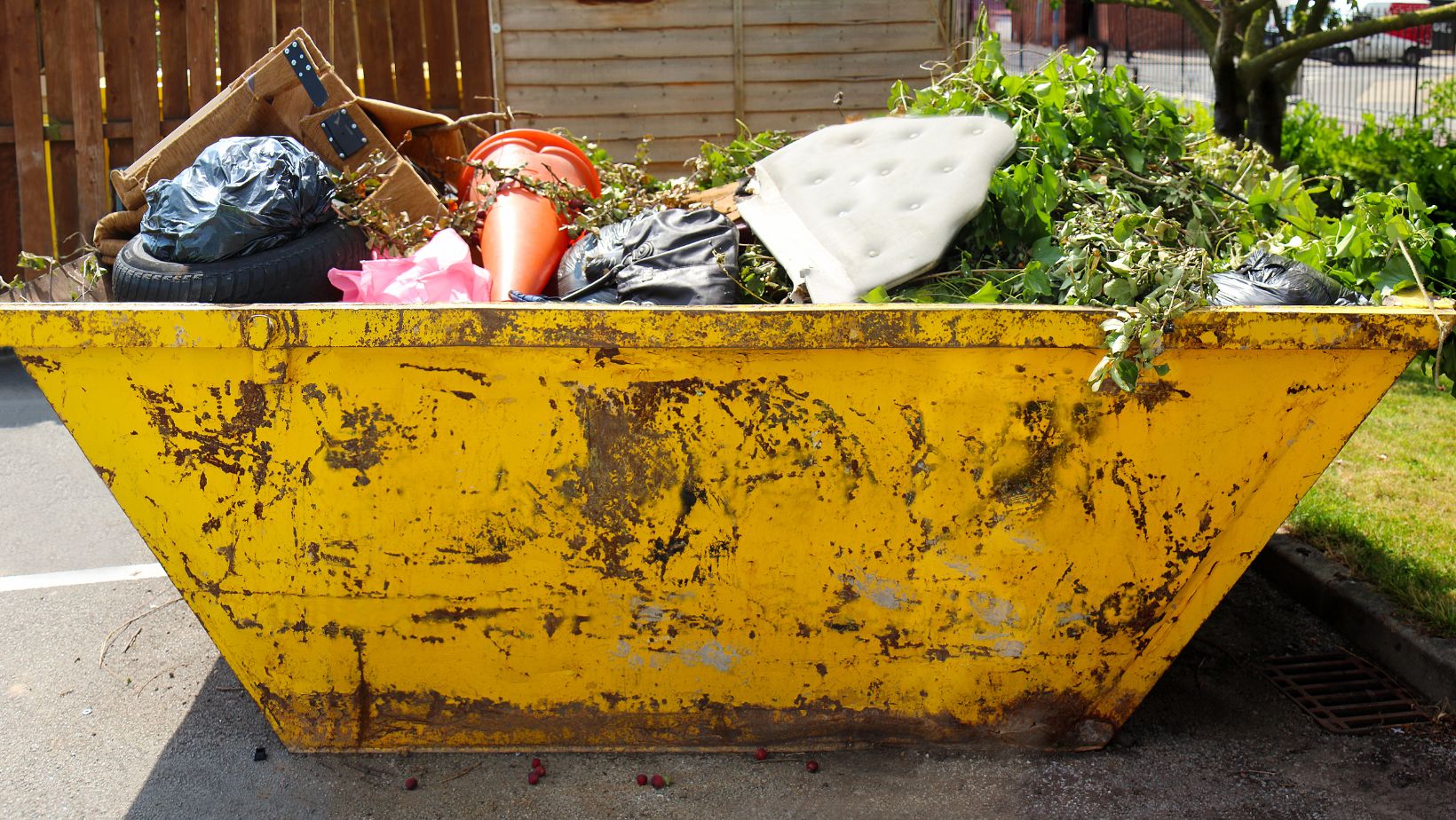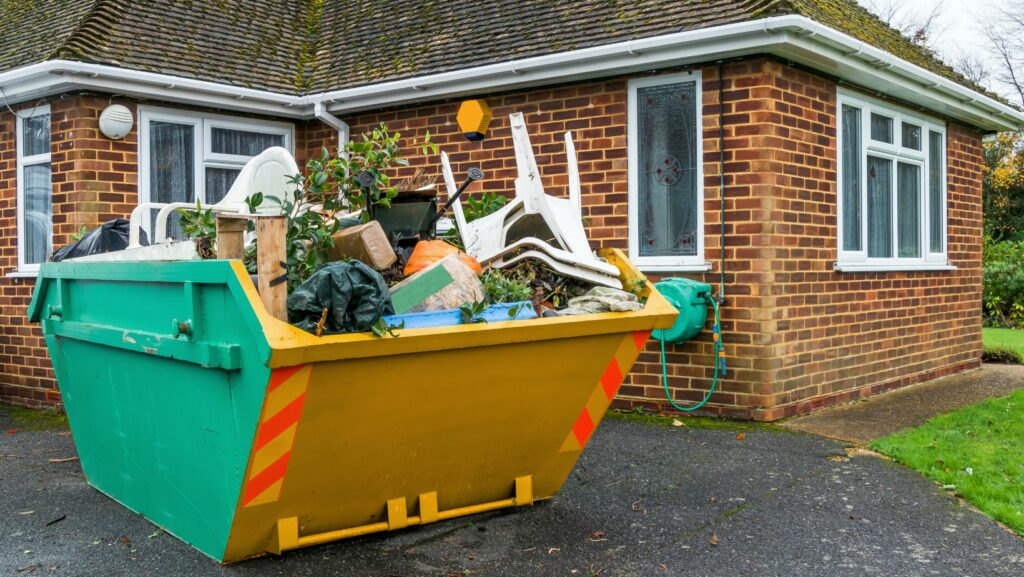Choosing the right skip bin is crucial for the success of any project, whether you’re undertaking a home renovation, a landscaping job, or a major construction project. The right skip bin ensures that waste is managed efficiently, safely, and cost-effectively. With so many sizes and types available, it can be challenging to know which skip bin is best suited to your needs. In this blog, we’ll guide you through the key factors to consider when selecting a skip bin for your project, helping you make an informed decision that keeps your site clean and your project on track.
Determine the Type of Waste
The first step in choosing the right skip bin is understanding the type of waste you’ll be disposing of. Different projects generate different types of waste, and not all skip bins are suitable for every kind of material. For example, a landscaping project may produce green waste like soil, branches, and leaves, while a home renovation could result in a mix of construction debris, old furniture, and general rubbish.
It’s essential to categorize your waste correctly, as certain materials, such as hazardous waste (e.g., asbestos, chemicals), require special handling and disposal. In most cases, these materials cannot be disposed of in regular skip bins and will need specialized services. For general waste, mixed waste bins can accommodate a variety of items, but separating recyclable materials can help reduce costs and environmental impact.
Before booking a skip bin, discuss your waste types with the skip bin provider to ensure they offer the appropriate bin for your needs. This step will help you avoid any extra fees for incorrect disposal or needing to hire additional bins.
Choose the Right Skip Bin Size
Selecting the correct skip bin size is essential to manage your waste efficiently. Skip bins come in various sizes, typically ranging from 2 cubic meters to 10 cubic meters or more. Choosing the right size depends on the volume of waste your project will generate. Selecting a bin that’s too small can result in additional costs and delays if you need to hire a second bin, while choosing one that’s too large might mean you’re paying for unused space.
For small projects, such as a garage cleanout or a small landscaping job, a 2 to 4 cubic meter skip bin might be sufficient. These bins are compact and easy to fit into tight spaces, making them ideal for residential use. Medium-sized projects, like bathroom renovations or kitchen remodels, often require a 6 cubic meter bin, which can handle a moderate amount of waste without taking up too much space on your property.

Larger projects, such as full home renovations or commercial construction, typically need bigger bins, ranging from 8 to 10 cubic meters or more. These bins can accommodate bulky materials like concrete, bricks, and large amounts of general waste. It’s always better to overestimate your waste volume slightly to ensure you have enough capacity, as it’s more cost-effective to hire one large bin than multiple smaller ones.
Consider Access and Placement
The location and accessibility of your site play a significant role in choosing the right skip bin. It’s essential to think about where the bin will be placed and how easy it will be to load your waste into it. Skip bins can be quite large and heavy, especially when full, so you need to ensure that the delivery truck can easily access your property.
If your site has limited space or challenging access, such as a narrow driveway or a busy urban location, you may need to opt for a smaller bin or a specific type of bin designed for tight spaces. Alternatively, you could consider using a mobile skip bin, which is smaller and more maneuverable than traditional skip bins and can be placed in locations that are harder to reach.
When choosing a placement for your skip bin, it’s important to consider the convenience of loading waste into it. Place the bin as close as possible to the area where most of the waste will be generated to reduce the effort required to move heavy or bulky items. Also, check local regulations regarding skip bin placement, especially if it needs to be placed on a public road or footpath, as you may require a permit.
Understand the Costs Involved
Budget is always a consideration when choosing a skip bin. The cost of hiring a skip bin varies based on several factors, including the size of the bin, the type of waste, the rental period, and your location. Understanding these costs upfront can help you choose the most cost-effective option for your project.
In general, larger bins cost more to hire than smaller ones, but they offer better value if you have a significant amount of waste. Some providers charge extra for certain types of waste, such as mattresses, tires, or heavy materials like concrete and bricks, so it’s important to clarify what is included in the standard hire fee.

Additionally, the length of time you need the skip bin will affect the cost. Most companies offer a standard rental period, typically ranging from 5 to 7 days. If your project is likely to take longer, ask about extending the hire period and any associated costs.
Finally, consider any additional fees for permits if the skip bin needs to be placed on public property. These costs can vary depending on local council regulations, so it’s worth checking with both your skip bin provider and local authorities before making your decision.
Conclusion
Choosing the right skip bin for your project involves considering the type and volume of waste, the available space and access, and the costs involved. By taking the time to assess these factors, you can select a skip bin that meets your needs, making your waste disposal process efficient and hassle-free. Whether you’re tackling a small home renovation or a large construction project, the right skip bin will help keep your site clean, organized, and compliant with local regulations. With the right choice, your project can proceed smoothly, without the stress of waste management issues.


More Stories
How Art-Inspired Design Is Shaping the Homes of Tomorrow
Read Tells In Online Poker
Injured in a Fall at a Friend’s House? Your Legal Rights in Residential Accidents